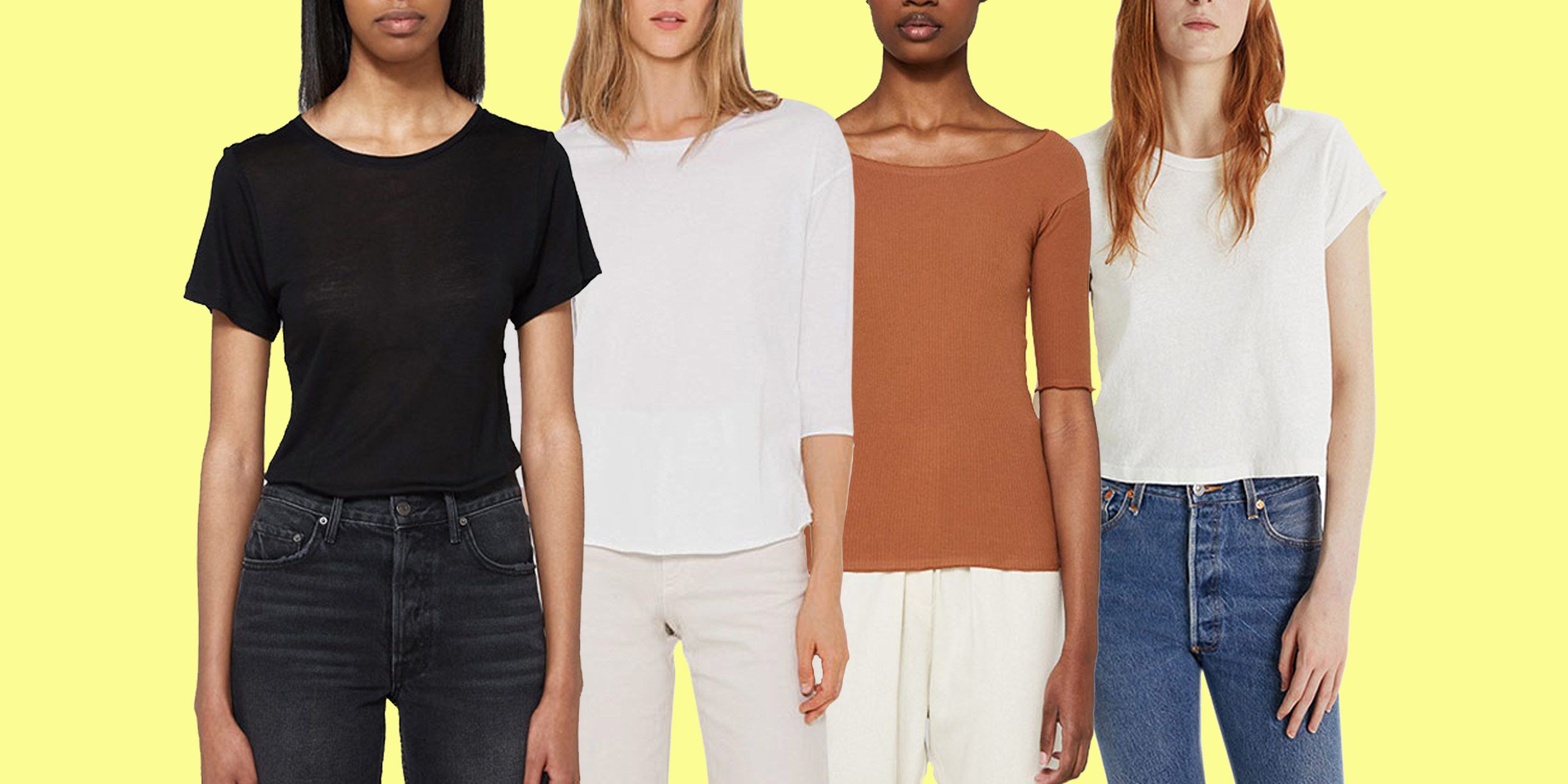If you enjoy wearing clothing that makes you stand out from the crowd, then getting some personalised threads is a great way to go. Having your garments customized with your own name, logo, quote, or just an amazing pic shows off your individuality and bold fashion sense, and they look great, too.
Personalisation isn’t just for the fashion forward, though, it’s also a great way to advertise your business or organisation, or to promote a particular cause that’s close to your heart. It gives you a way to declare what you do as you go about your day and putting your contact information on your uniform can create interest in your brand and turn that into sales.
Of course, it isn’t just clothing that can be personalised: bags, aprons, hats, they can all be given a touch of individuality, and there are many companies available that do the work for you.
Before that, though, here’s a quick guide to the five most popular personalisation types, and what you need to know before choosing.
Table of Contents
Vinyl Printing
A print type that you’ll be familiar with is vinyl printing. This is a common method used for applying logos and phrases to clothing. The process uses heat to bond the design onto the garment, creating a crisp image with clearly defined edges that stands slightly proud of the surface.
This is a great way of customising items such as t-shirts and sweatshirts with a design that can be done in styles such as metallic or textured to really make it stand out. Just bear in mind that you won’t be able to iron any garments with vinyl designs, and you’ll have to wash and dry them at a lower temperature than normal.
Screen Print
This is an option you might consider if you want a larger and more detailed design, such as a piece of artwork, applying to your clothing. The process involves printing onto the fabric with ink, giving a high-quality print that should last a long time, even after many washes. It’s a great choice for full-colour and multi-colour designs.
As it’s a more labour-intensive process, the initial cost can be a little more, but this can be offset if you’re buying a bulk order, so it’s a good choice for businesses. It also struggles to print on knitwear and can start to crack over time.
Digital Print
Digital transfer printing is a great choice for intricate or high-colour designs. The designs are printed directly onto the clothing, or onto a film which is then heat-applied. The image quality is very high, picking up changes in colour and shading clearly, which makes it a good choice if you want to apply photos to your clothing.

This is a relatively cheap and easy way to get garments personalised, though it’s difficult to use with knitted or fleece materials, and, like vinyl prints, you can’t iron them and need to wash at a lower temperature than normal to avoid damaging the print.
Sublimation
Sublimation printing is a much less common method of garment customisation, and it’s limited in what you can do with it. It’s more of a dyeing process than straight printing, but it could be useful if you wanted to have your design across the whole of the shirt.
Ideally, you need to use white garments that are 100% polyester, though the entire fabric can be printed to turn it a different colour. As the ink is absorbed into the fabric, the finished images tend not to be as sharply defined as other printing methods. The process leaves the fabric breathable, so it’s still great for sportswear. Remember, also, that you’ll have to wash carefully to stop the colours running.
Embroidery
Embroidery is different to other kinds of personalisation, as it actually uses threads sewn onto the garment to make the design; this makes it more durable than other methods as it won’t crack or peel, making it a good choice for workwear.
This also gives it a premium look, with the design standing out boldly on the garment. It can be used on knitted and fleece materials, and works well for small designs on pockets and the like. If you’re looking for some amazing embroidered personalisation then Sketch and Stitch may be able to help you out.
It’s harder to make designs with fine details and shading, so choosing something simpler is best. It’s a little more expensive to produce than other types of personalisation, especially for large designs, but its durability means it lasts much longer.

